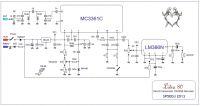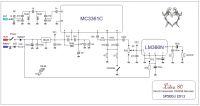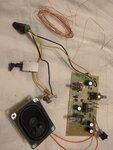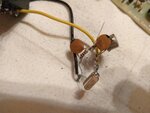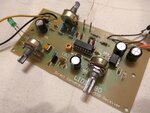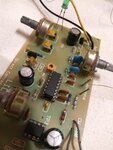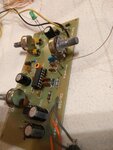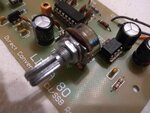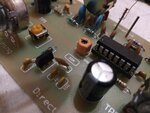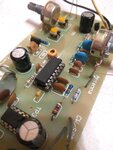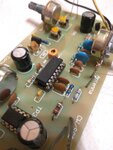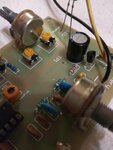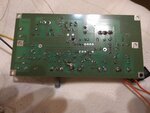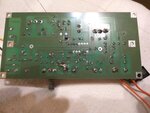Garyl
Full Member level 5

Heye
I have found such project:
http://www.open-circuit.co.uk/atx80.php
AN 80M TRANSMITTER FOR RADIO ORIENTEERING by G3ZOI
But I don't understand how it works....
1. What is exacly transmitted? Is this a morse code generated by PIC or what?
2. Can I receive it with 80m SSB/CW transmitter?
3. How hard would it be to modify schematic from link to transmit the voice?
In case of DEAD LINKS, I am insnerting the schematic in the attachment!
View attachment ATX80-v3-pnp.pdfView attachment atx80-v3-partslist.txtView attachment ATX80-v3-layout.pdfView attachment ATX80-v3-dia.pdf
Thanks in advance!
I have found such project:
http://www.open-circuit.co.uk/atx80.php
AN 80M TRANSMITTER FOR RADIO ORIENTEERING by G3ZOI
But I don't understand how it works....
1. What is exacly transmitted? Is this a morse code generated by PIC or what?
2. Can I receive it with 80m SSB/CW transmitter?
3. How hard would it be to modify schematic from link to transmit the voice?
In case of DEAD LINKS, I am insnerting the schematic in the attachment!
View attachment ATX80-v3-pnp.pdfView attachment atx80-v3-partslist.txtView attachment ATX80-v3-layout.pdfView attachment ATX80-v3-dia.pdf
Thanks in advance!

